““…daily life…is practically composed of two lives – the life in time and the life by values…” E.M. Forster
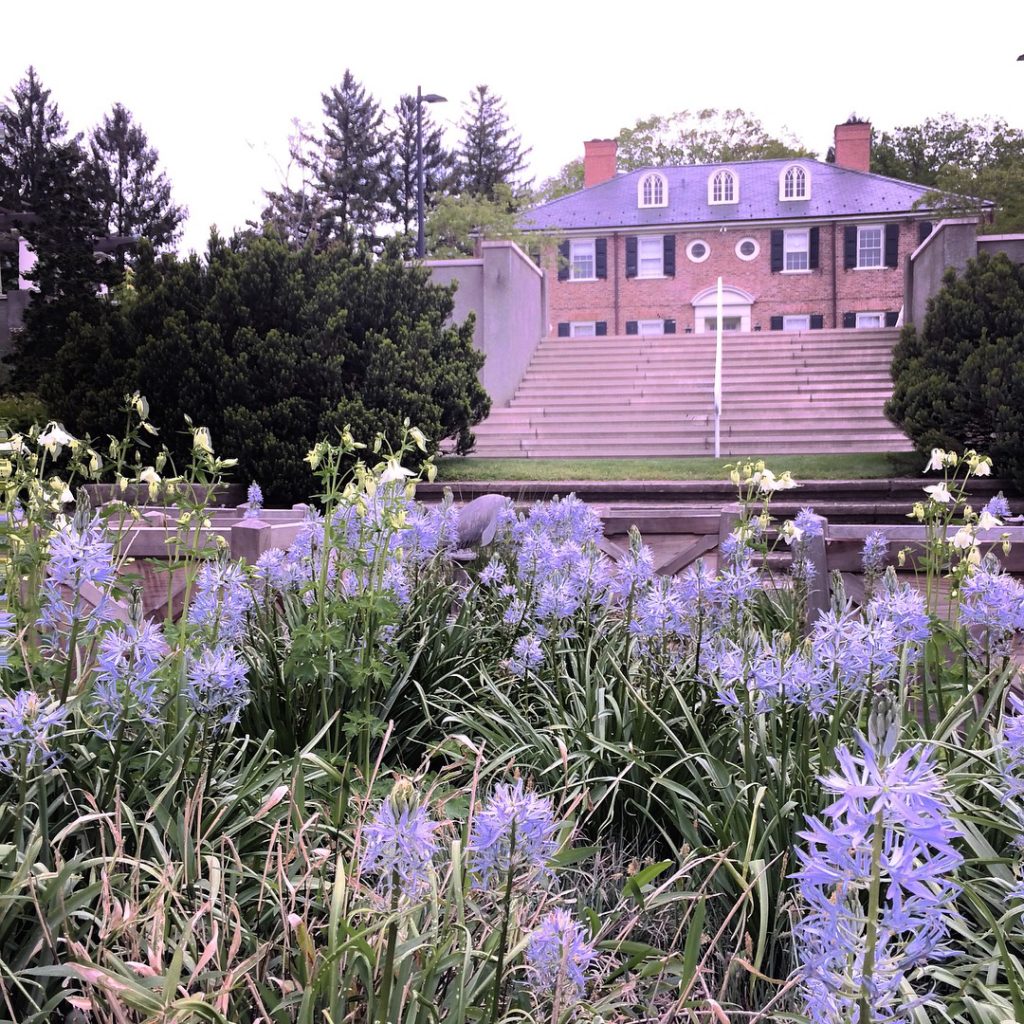
A garden is ever-changing, but perennial at the same time, planned around time to stand outside it. We go then to a garden to enjoy nature’s beauty in time savored. Stepping into Greenwood Gardens takes us into a world of enchantment by adding fairy-tale charm to nature’s beauty. Greenwood Gardens features classical “Italianate gardens” with an “Arts and Crafts Design,” traditional handcrafted décor, resulting in the delight of Alice in Wonderland chess piece sculptures, a magical wrought-iron grille with birds of paradise and golden rabbits, fountains with Rookwood ceramic tiles, a stone teahouse, grottoes, and cascades.
“Greenwood Gardens” began as “Pleasant Days” an estate owned by the Days, Pauline and Joseph, who also lived in Gramercy Park. In 1906, the couple purchased the property from one of the well-known Newark brewers Christian Feigenspan, whose “P.O.N.,” the “Pride of Newark” beer won a silver medal in the Paris Exposition of 1877. Mr. Feigenspan, a Cornell graduate, was a Newarker in an area filled with the country estates of wealthy New Yorkers among the “short hills,” high enough for views, low enough for access for those seeking a direct route to the countryside.
As a new Short Hills resident, self-made millionaire Joseph Day admired the garden of his neighbor, architect William Whetten Renwick and commissioned him to create an Italianate mansion and formal gardens for what would become “Pleasant Days”. Before settling on a plan, Joseph and William toured gardens of Europe for inspiration. William, originally from Lenox, Massachusetts in the Berkshires, contributed to the design of both St. Patrick’s Cathedral and the Church of All Saints in New York City whose principal architect was his uncle James Renwick, Jr.. The Day gardens that he created had a modernized flair from new US inventions like lighting from Thomas Edison whose laboratory was in nearby West Orange and uniqueness with a working farm to fulfill the wishes of Pauline. The beautiful Day home with its view of the Watchung Mountains was a social hub in the 1920’s and 1930’s. During the Great Depression, however, Joseph, a real estate broker, had difficulty in maintaining the 79 acre estate, which went on sale in parcels after Mr. Day’s death in 1944.
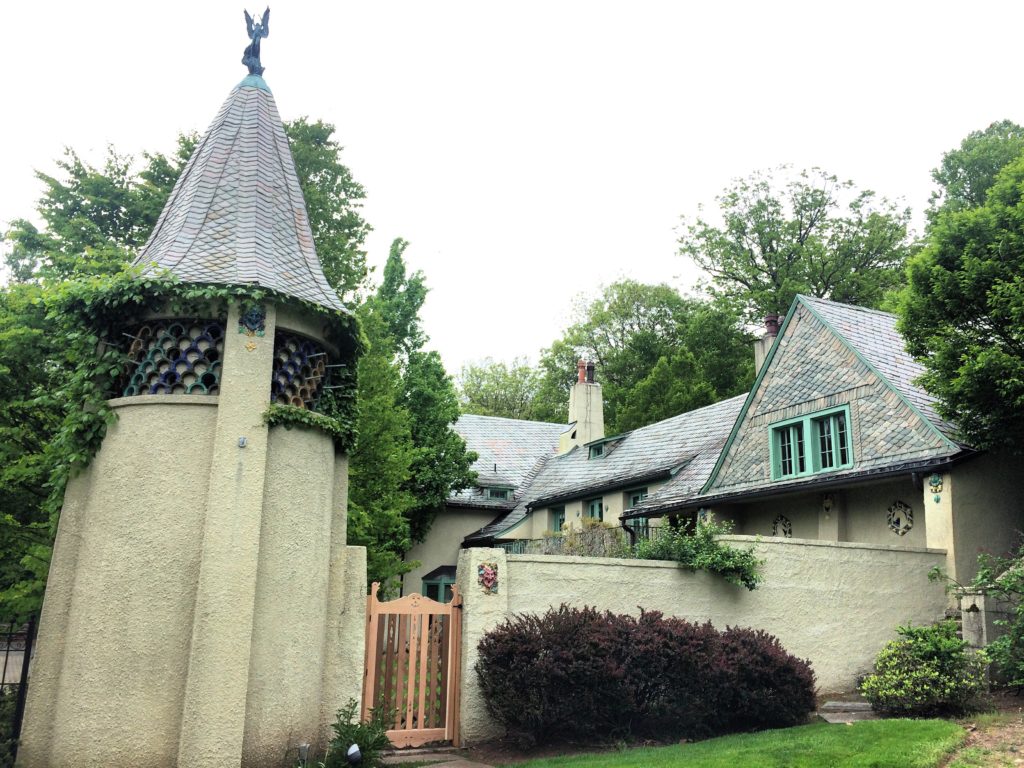
Dr. Adelaide Childs Frick Blanchard bought the house and gardens, replacing the worn mansion with the present Georgian Revival house in 1950. Adelaide and her husband Peter Blanchard, Jr. preserved the gardens on the still vast parcel of about 28 acres. Adelaide, a pediatrician, was the daughter of Childs Frick, a paleontologist and trustee of the Museum of Natural History and granddaughter of Henry Clay Frick who founded the Frick Collection. The Blanchards added the incredible limestone chess pieces, several ponds, and the striking London plane and Norway spruce allee along the entrance driveway. The estate, bordering on South Mountain Reservation with its mountain trails, allowed for one of the Blanchard family favorite pastimes, horseback riding. Mr. Blanchard later sold 40 acres of repurchased land to the Township of Millburn where there is a playing field and extensive woodland paths for the public to enjoy as Old Short Hills Park.
The gardens have reflected both the taste of their owners and their respective eras, the Gilded Age and the Colonial Revival. The Day garden favored popular perennials, the Blanchard garden, the “modern” evergreens of 1950’s. After Dr. Blanchard’s death, her husband, who lived many years thereafter, devoted the remaining years of his life to maintaining and restoring their home as a part of ensuring its future for public enjoyment. Carrying on Peter, Jr.’s wishes, Peter Blanchard III and his wife Sofia created a nonprofit to preserve the garden under the national Garden Conservancy trust. Son Peter, a writer, conservationist, and Greenwood trustee often speaks at the garden about which he has written Greenwood: A Garden Path to Nature and the Past, available at the gift shop or by calling (973) 258-4026. Working from archival photos, the Garden Conservancy has restored the original terrace pergolas among several projects. Today, the garden is a combination of perennials and plants with attractive foliage that offers color beyond the season of blooms.
Special flowers, particularly their scent, bring back memories – the rose corsage or boutonnière from a first formal dance, gardenias from a wedding bouquet, and pressed wildflowers from a picnic on one of those idyllic days that seem to have lasted forever. For many in our family, the scent of lilacs brings back the memory of our sweet grandmother Helen who returns to us each year with the first spring breeze.
Even more so than the beautiful flowers, perhaps it is the trees that are most significant at Greenwood Gardens. The visual poetry of the allée of London plane and Norway spruce trees that Peter planted for his wife Adalaide let visitors know that they are about to experience a place so beloved that the Blanchards felt compelled to share it.
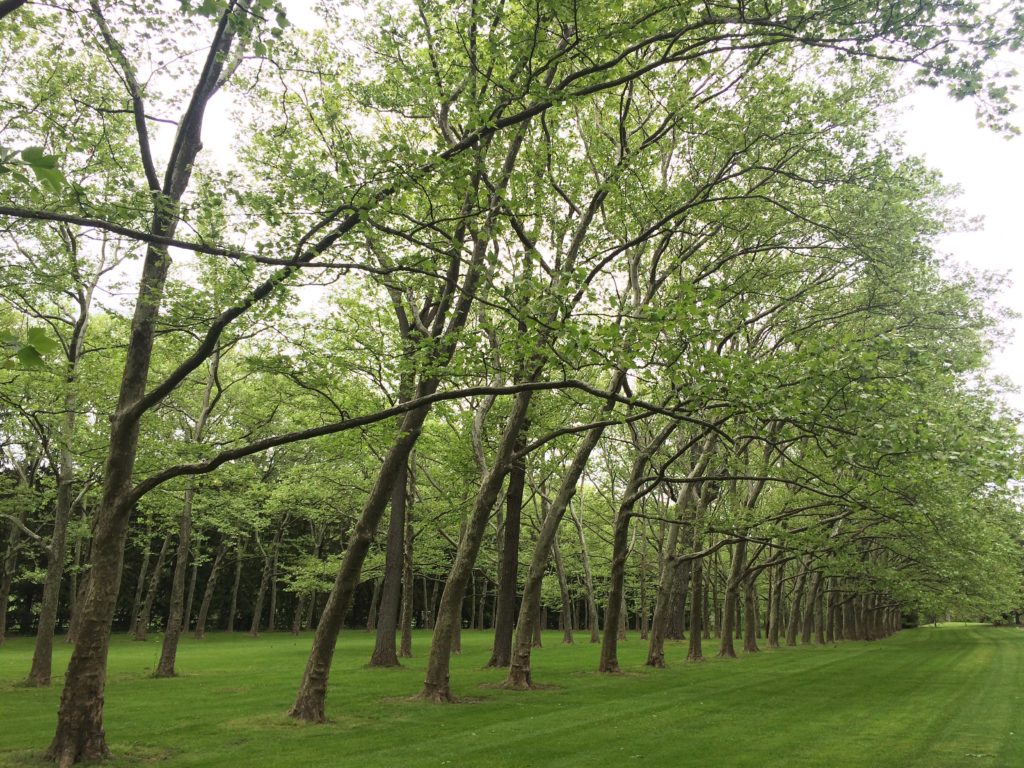
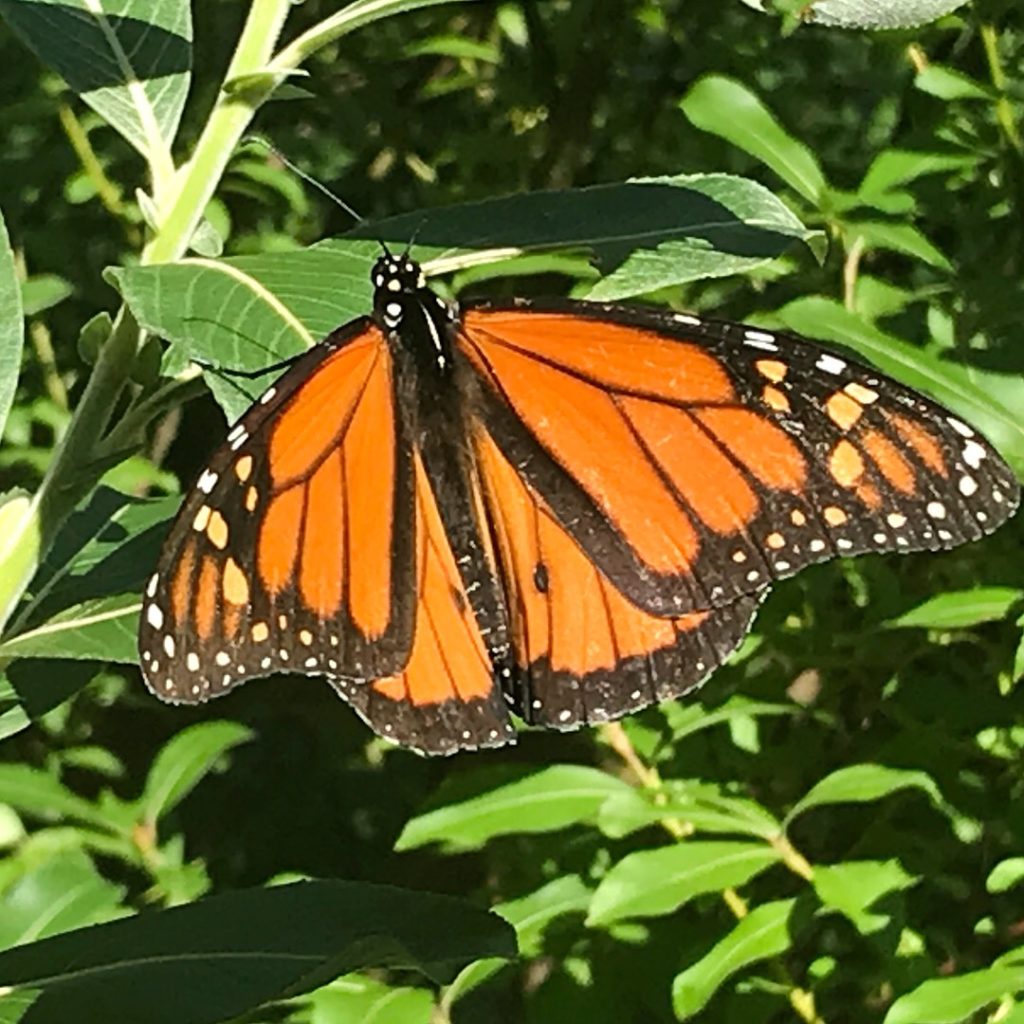
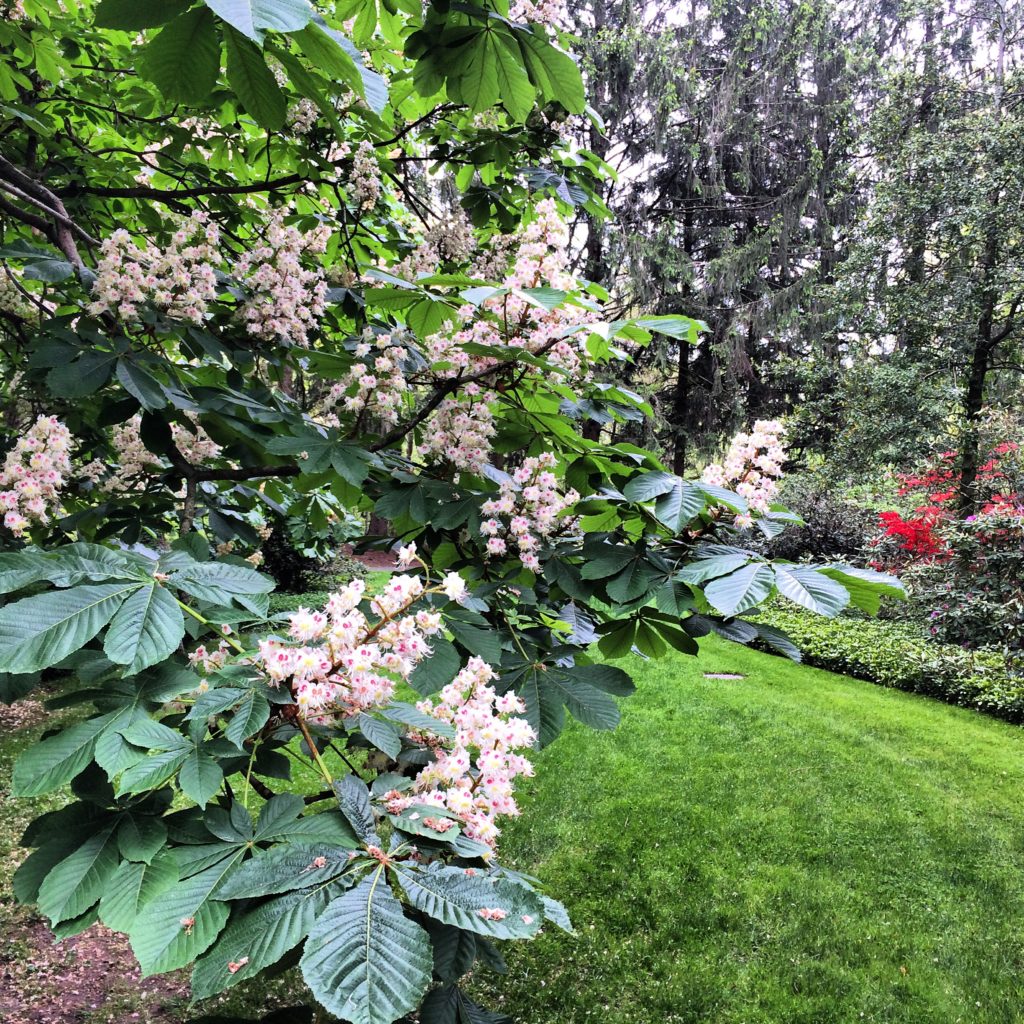
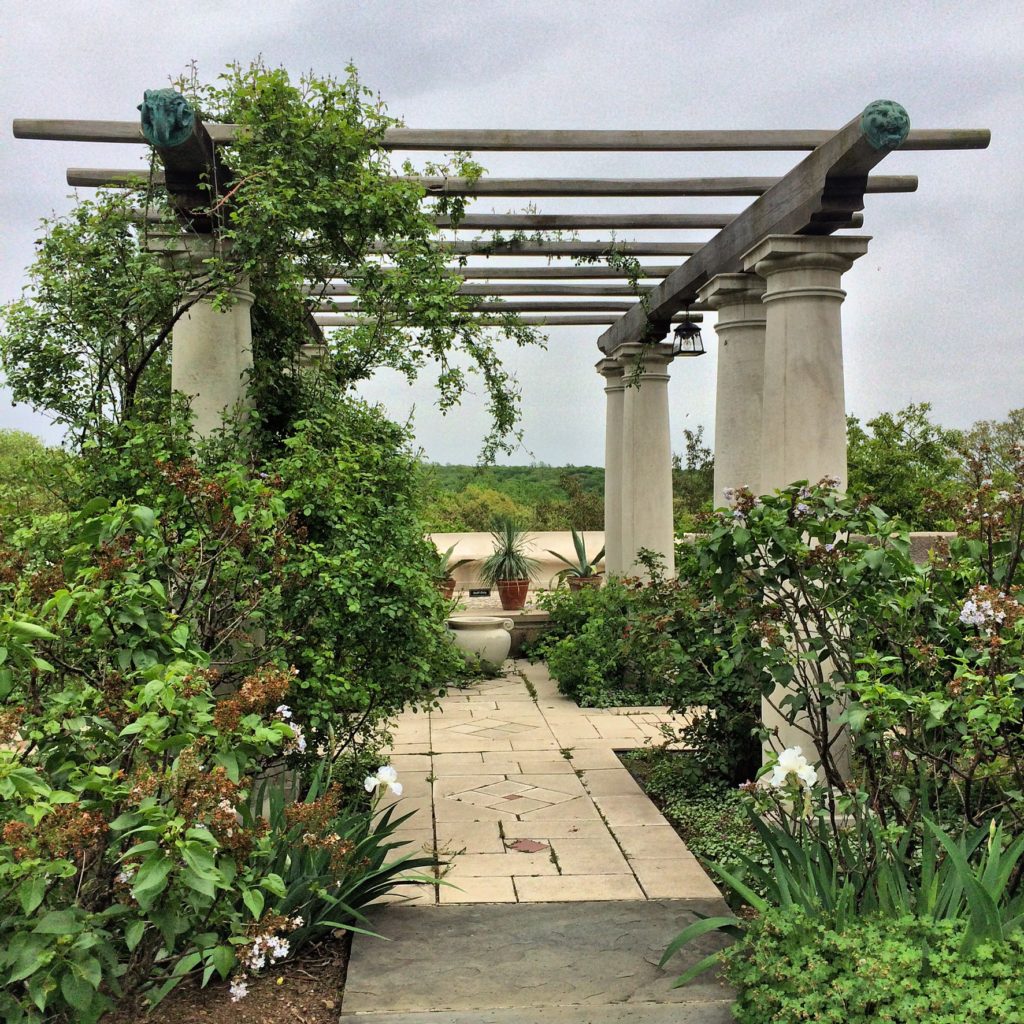

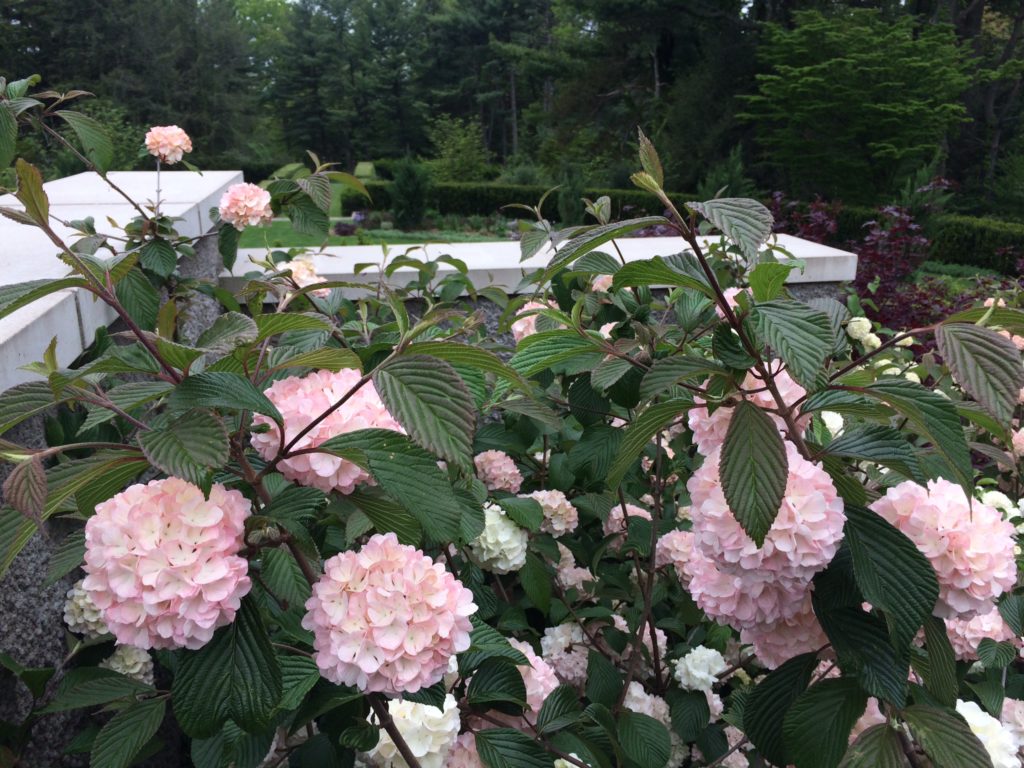
After descending the steps in each marvelous level of the garden, visitors can travel through Greenwood’s mazes, an encounter with the wondrous. What is around the next corner? Should one go right or left? The boxwood, fragrant at every turn, suggests that no one can choose wrongly. Surprises, some delightful and expected like birds singing and the rustling sound of squirrels darting through the hedges, may reassure us, and some fanciful, like the Rookwood fountain spouts of the enigmatic Dionysus, either smiling or frowning, offer mystery.
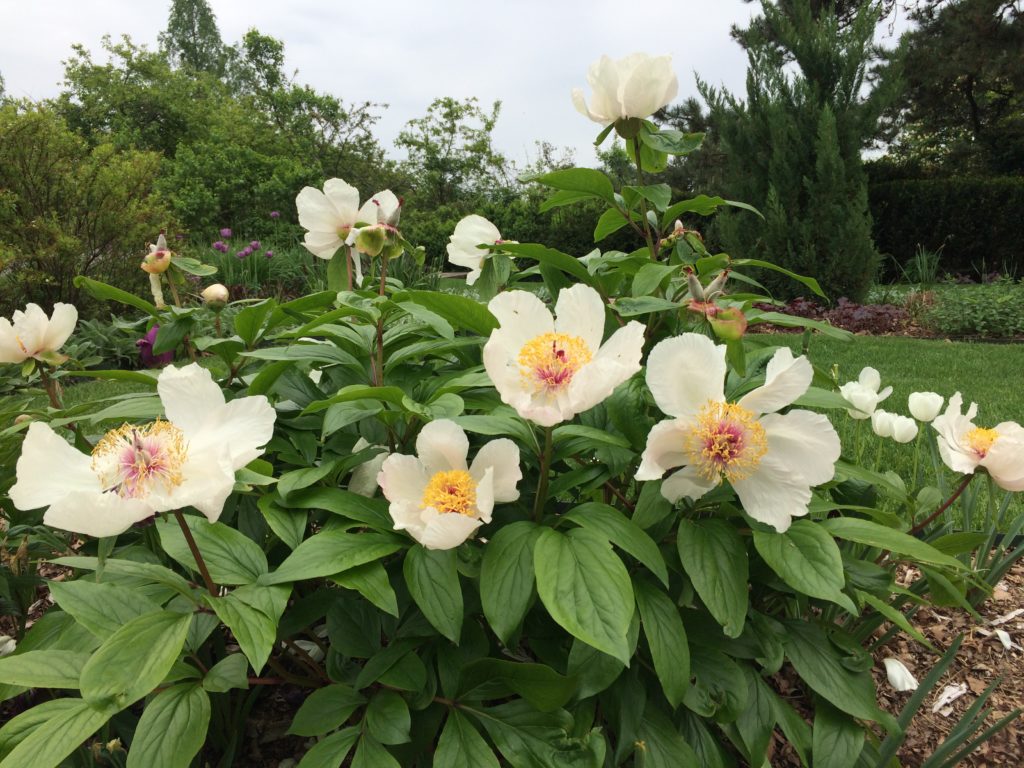
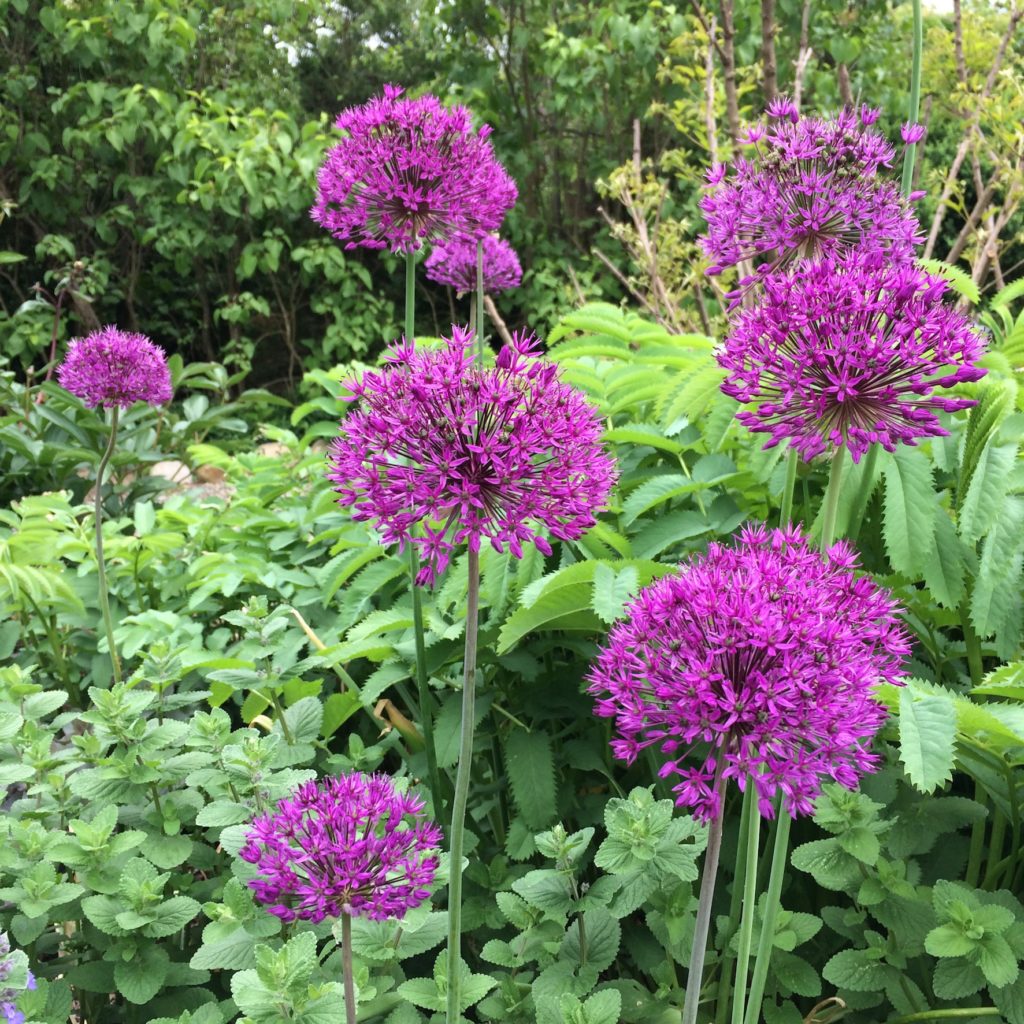
Friends who garden share the same qualities of patience, kindness, and good-naturedness. Perhaps that comes from taking the long view, knowing to prepare for spring months in advance and having the vision to imagine a flourishing garden when there is frozen ground. Some friends in this bouquet are “house proud” as the British say. They enhance the loving quality of their homes with fresh flowers and vegetables for their families and instill a love of nature in their children. Others are artists, expressing themselves in the splendor of design. Some are both. Almost all view themselves as grateful caretakers of God’s gift of beauty. Each has a pride from accomplishment over time and the serenity of a joyful gift given to others.
A home of garden lovers, now shared with the public to experience not only nature’s beauty, but a sense of time more deeply valued, Greenwood welcomes volunteers. For more information on their gardens which reopen in the spring, visit Greenwood Gardens, where you can also take an inviting online tour or see what’s in bloom.
(Sources: greenwoodgardens.org, gardenconservancy.org, nybg.org, artprice.com, Arts & Crafts Home and the Revival: artsandcraftshome.com, nytimes.com, amnh.org, pawprinceton.edu, traditionalbuilding.com, hgtv.com, Wiki)
“Greenwood Gardens: Fairy-Tale Enchantment” All Rights Reserved © 2019 Kathleen Helen Levey
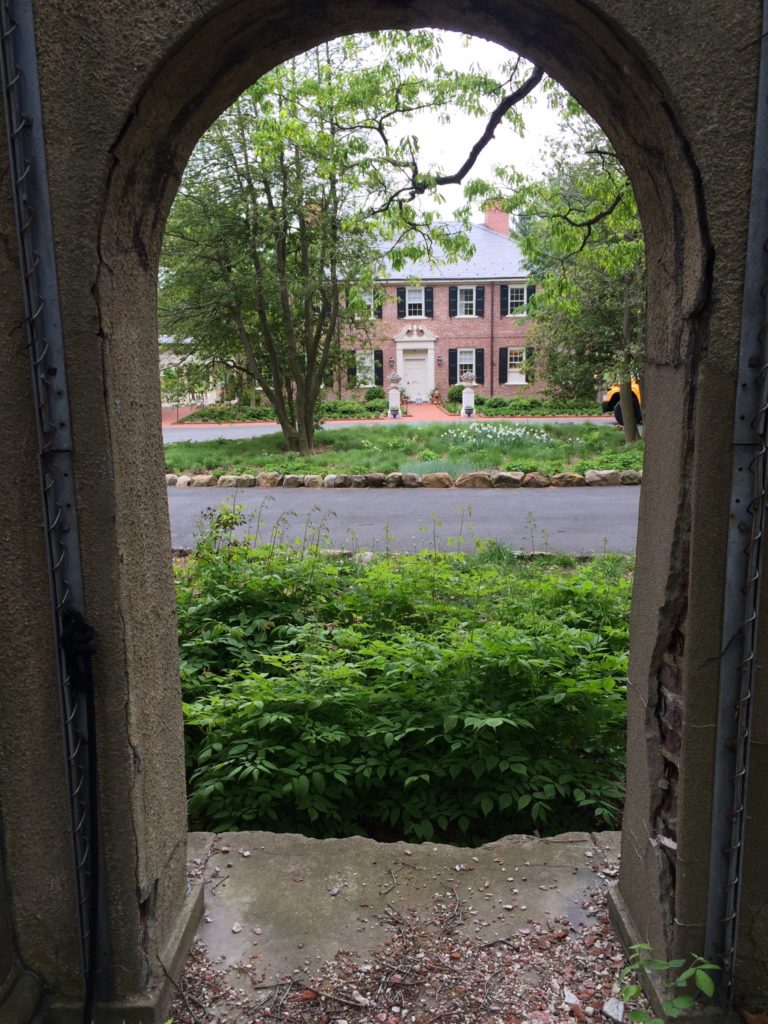

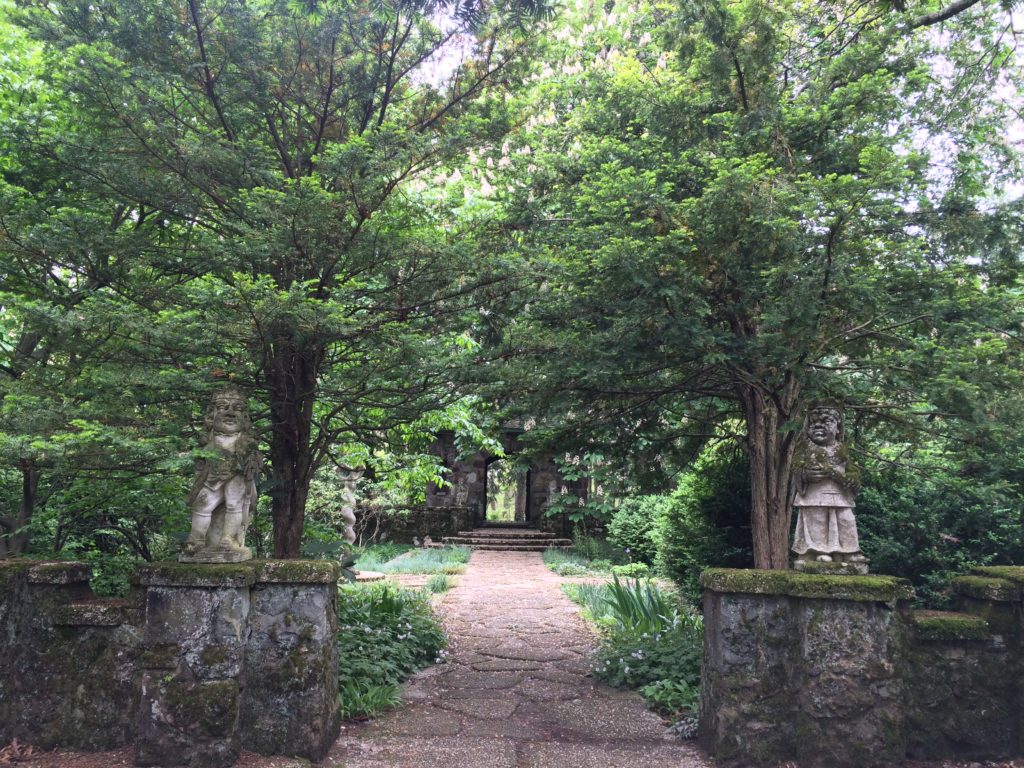
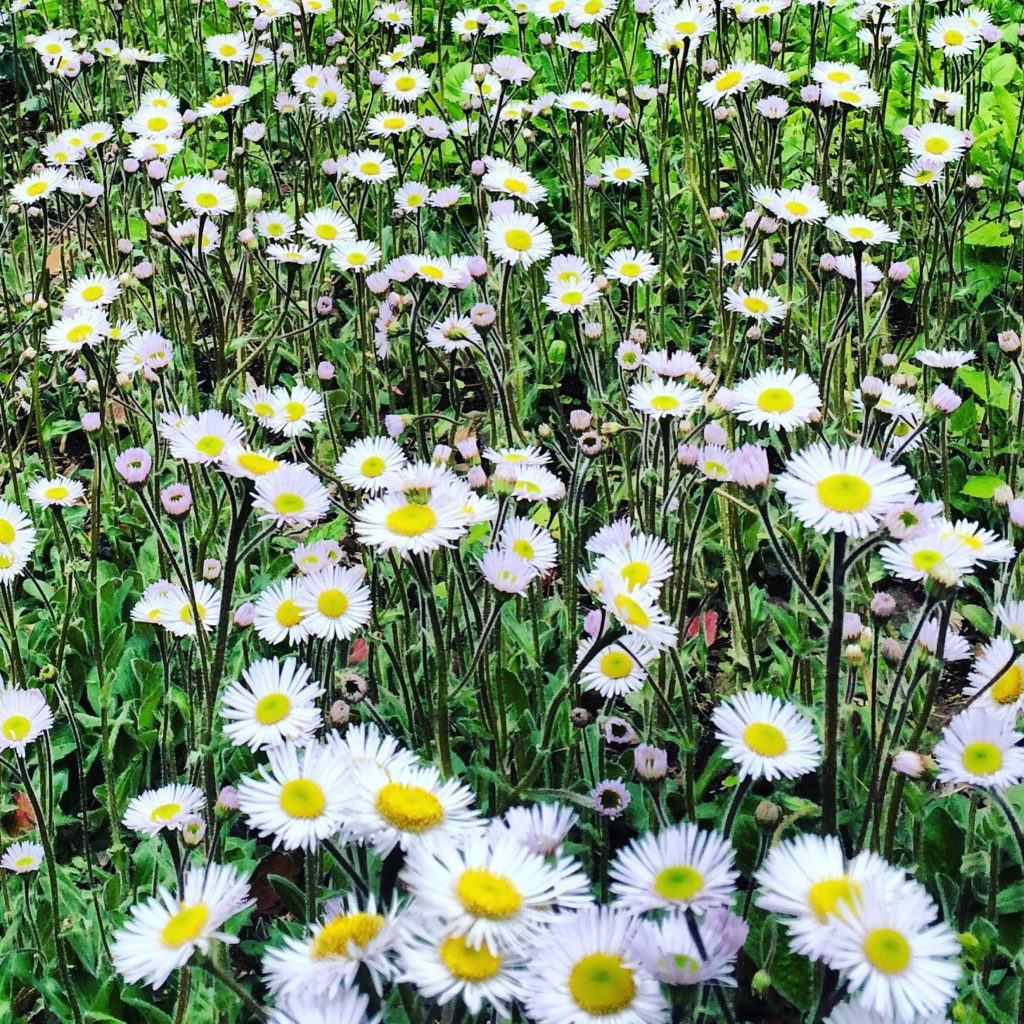

Comments are closed.